近视的人,老了以后视力会变好吗?
中国日报双语新闻微信 2019-12-29 09:00

如果说年轻时近视的我们,老了之后会远视,那么,是不是会有那么一段时间,我们的视力能好到看清视力表最下面那一排“鬼画符”呢?
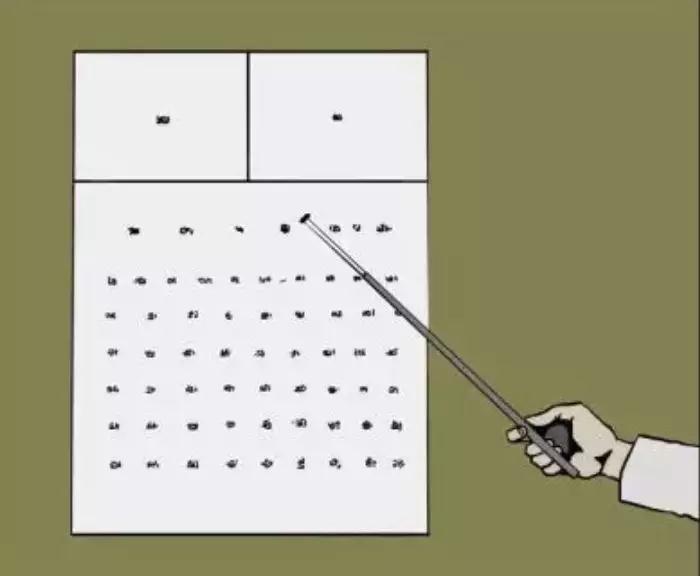
答案是:不一定。
事实是这样的:
Babies are actually farsighted, and as they grow older their eyes grow too until they reach a point of "perfect" eyesight, called emmetropia.
刚出生的婴儿都是远视眼,但随着年龄增长,眼睛也会发育,直到“视力正常”,学术上叫做“屈光正常”(emmetropia)。
出生的时候,婴儿都一样,都是远视眼。等慢慢长大,儿童的视力就正常了。但很多人青春期长着长着就过了那个点,变成了近视。
It isn't entirely worked out what cues the eye that it is time to stop growing, but we know that in many kids the eye continues to grow past emmetropia and they become nearsighted.
其实直到现在(科学家)也还没有完全弄清楚是什么因素“告诉”眼睛该停止发育了。但我们知道,很多孩子的眼睛在视力正常后继续发育,结果变成了近视。
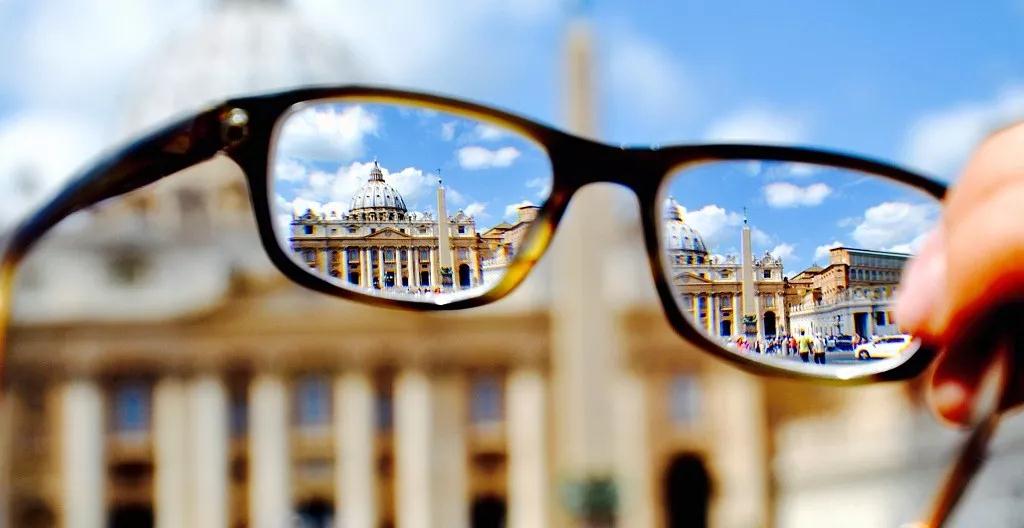
Basically, when the eye grows too long the light inside the eye comes to a focus in front of the retina rather than at the retina, causing blurry vision, so we must wear glasses to change the optics and focus the light onto the retina again.
是这样的,如果眼睛的前后距离太长,眼睛里的光线就会聚焦在视网膜前面而不是视网膜上,从而造成了模糊的视觉,因此,我们必须戴上眼镜来改变光线的路径,使它再次聚焦到视网膜上。

When we age, we suffer a different process. Our tissues become stiffer and the lens doesn't adjust as easily so we start to lose near vision as well.
随着年龄增长,我们会经历一个不同的过程。我们的眼部组织会变得僵硬,晶状体的活动性也变差,渐渐地,我们就连近的东西也看不清了。
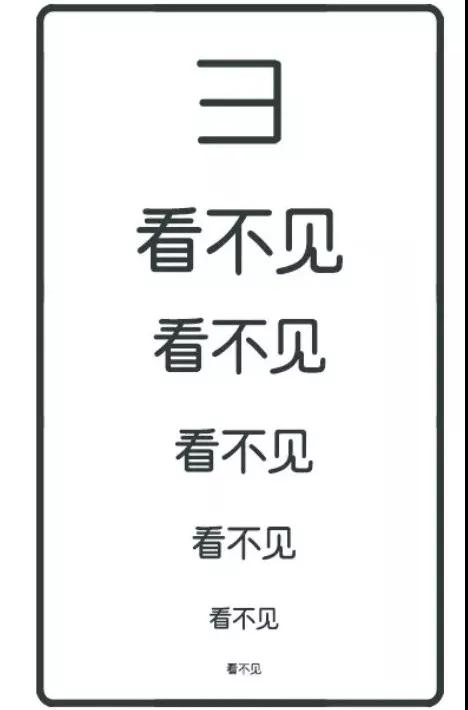
等到老了,以为远视可以把它拉回来,却发现晶状体已经失去了弹性,近视远视并存,需要两幅眼镜了。
Many older folks must wear bifocals which have two different lenses- one to correct for the problems with near vision and one to correct for problems with far vision.
许多老年人必须佩戴有两种不同镜片的双焦眼镜,一种用于矫正近视问题,另一种用于矫正远视问题。
环顾四周,想想看,你身边戴眼镜的人占多大比重?
事实上,中国青年的近视问题早就见诸国际媒体的报端。
今年四月份,China Daily就曾报道过学生的近视问题:
More than half the young children and teenagers in China are nearsighted, according to a survey by top government agencies, which called for intensified efforts to prevent and control the condition.
相关部门的一项研究显示,中国有一半以上的儿童和青少年是近视眼,该研究呼吁加大预防和控制近视的力度。
The survey, which was conducted last year, found that eight of 10 senior middle school students were nearsighted, compared with 71.6 percent in junior middle school, 36 percent in primary school and 14 percent of 6-year-olds in kindergarten. Overall, 53.6 percent were nearsighted.
去年进行的这项研究发现,10名高中生中有8人近视,而初中生近视率为71.6%,小学生近视率为36%,幼儿园6岁儿童近视率为14%。总的来看,也有53.6%的人患有近视。

新华社的同期报道也显示,高中生近视人群中高度近视的人数也有显著增加。
The prevalence of a high degree of myopia also became alarming as the percentage of senior students in high school, who wear glasses stronger than six diopters, has mounted to 21.9 percent.
高度近视的患病率也令人担忧——高中生中戴着600度以上近视眼镜的比例已经上升到了21.9%
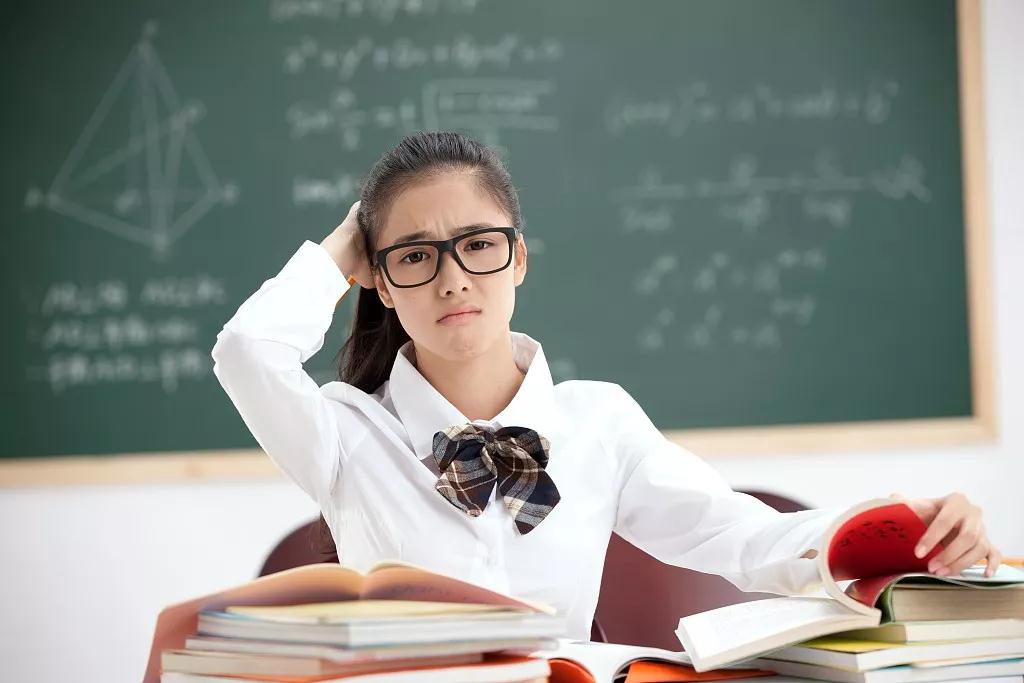
权威医学杂志《柳叶刀》在2018年的一项针对中国青年群体的研究中发现:
Up to 80 percent of the country’s young adults suffer from nearsightedness, according to a report in the medical journal Lancet. In contrast, the overall rate of myopia in the UK is about 20-30 percent.
医学杂志《柳叶刀》的一项报告显示,(中国)80%的年轻人患有近视。相比之下,英国的近视率大约为20%-30%。
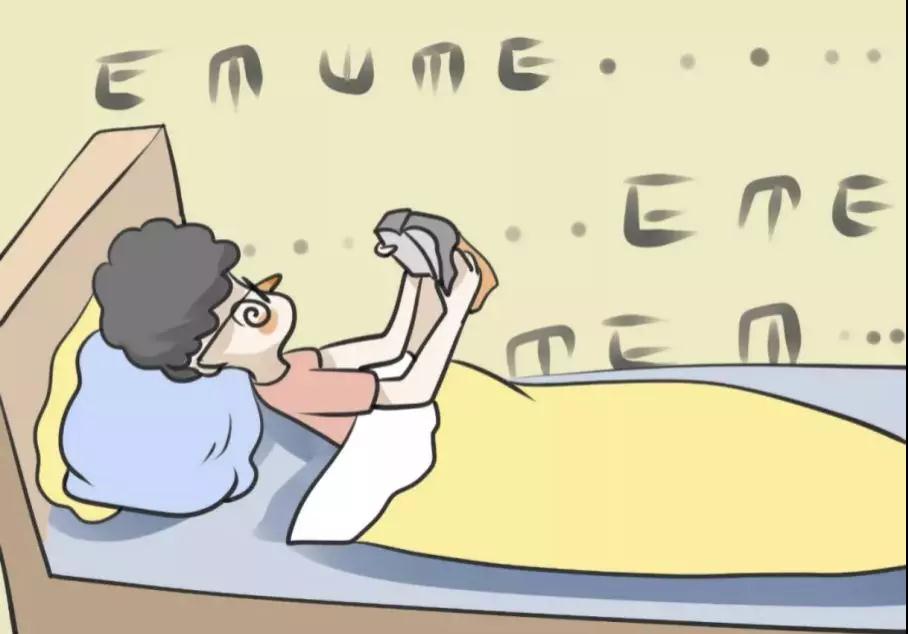
早在2015年,美国国家公共电台引述新华社报道的数字称当时就有86%的高中生患有近视了:
If you walk the streets of China today, you'll quickly notice that most young people wear glasses. In Shanghai, for instance, 86 percent of high school students suffer from myopia, or nearsightedness, according to Xinhua News Agency.
走在如今的中国街头,你会很快注意到大多数年轻人都戴着眼镜。以上海为例,据新华社报道,86%的高中生患有近视。
类似的数字还被《每日电讯报》、半岛电视台和石英网等媒体报道过。
之后,2017年《南华早报》的报道引述了《柳叶刀》的一项研究显示:青少年大范围近视不仅仅是中国一个国家的问题,是整个东亚地区的问题。
The growing prevalence of myopia is not only a Chinese problem, but it is an especially East Asian one. According to a study published in The Lancet medical journal in 2012, by Ian Morgan, of the Australian National University, South Korea leads the pack, with 96 percent of young adults (below the age 20) having myopia; and the rate for Seoul is even higher. In Singapore, the figure is 82 percent.
近视患病率的不断上升不仅是中国一个国家的问题,而是困扰整个东亚的问题。澳大利亚国立大学的伊恩·摩根2012年在《柳叶刀》上发表的一项研究显示,韩国的近视率高居榜首,96%的年轻人(20岁以下)患有近视,首尔的近视率甚至更高。新加坡的这个数字是82%。

ZME Science的标题更是吓人:To say that Asia is having an eye problem is an understatement.说是“亚洲近视”都不为过。
近视的原因到底是什么?
China Daily的报道总结了近视的几大原因:
Several factors are associated with the high rate of nearsightedness in China's children and teenagers, including lack of outdoor physical activity, lack of adequate sleep due to heavy extracurricular work and excessive use of electronics products.
有若干个因素与中国儿童和青少年近视率高有关,包括缺乏户外体育活动、课余作业繁重导致睡眠不足,以及过度使用电子产品。
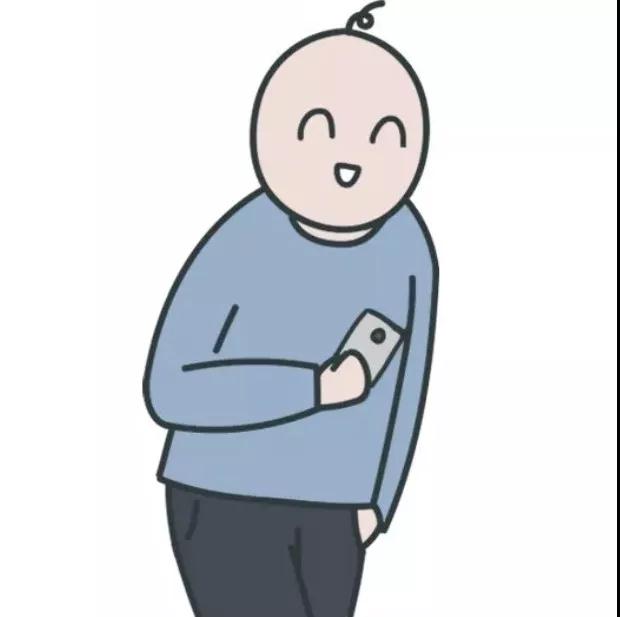
久坐不出门、睡眠少、看手机多,这说的不就是我吗?
书本拿太近,电子产品用太多已经是老生常谈了。但发表在权威杂志《眼科》上的一项研究显示户外活动的确是一个重要因素:
Biologists compared Singaporeans living in Singapore to those living in Australia. They found that 29 percent of the Singaporean students had myopia compared with just 3 percent in Sydney. The main correlation was once again, time spent outside.
生物学家把居住在新加坡的新加坡人与居住在澳大利亚的新加坡人作了比较。他们发现29%的新加坡学生患有近视,而在悉尼的那一组中就只有3%。主要的关联再次出现在花在户外的时间上。
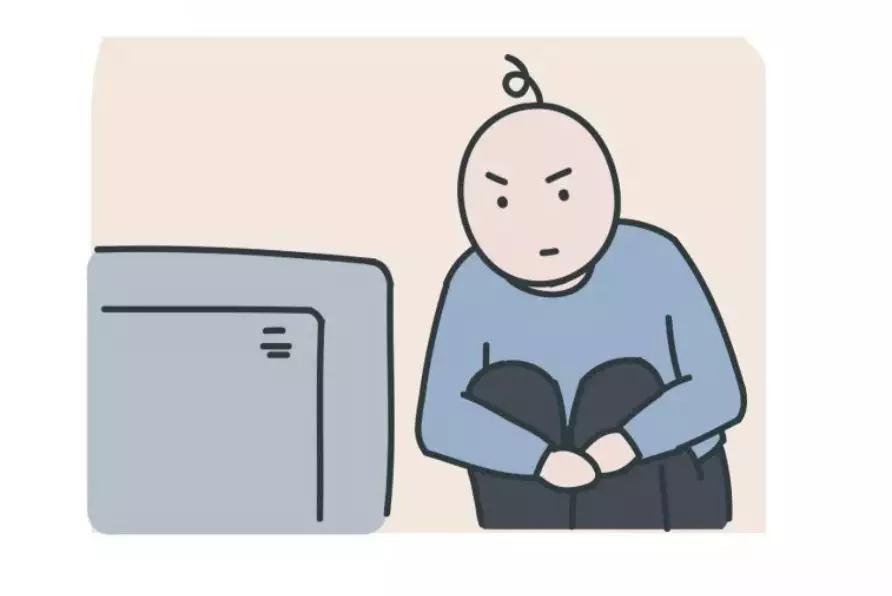
“The big difference was the Chinese children in Australia were outdoors a lot more than their matched peers in Singapore,” says Ian Morgan, a retired biologist at Australian National University, who coauthored the 2008 study. “This was the only thing that fit with the huge difference in prevalence.”
澳大利亚国立大学退休生物学家伊恩·摩根表示:“两组之间最大的不同在于,与新加坡的同龄人相比,澳大利亚的华裔在户外活动的时间多得多。这也是唯一能解释近视率巨大差异的因素。”
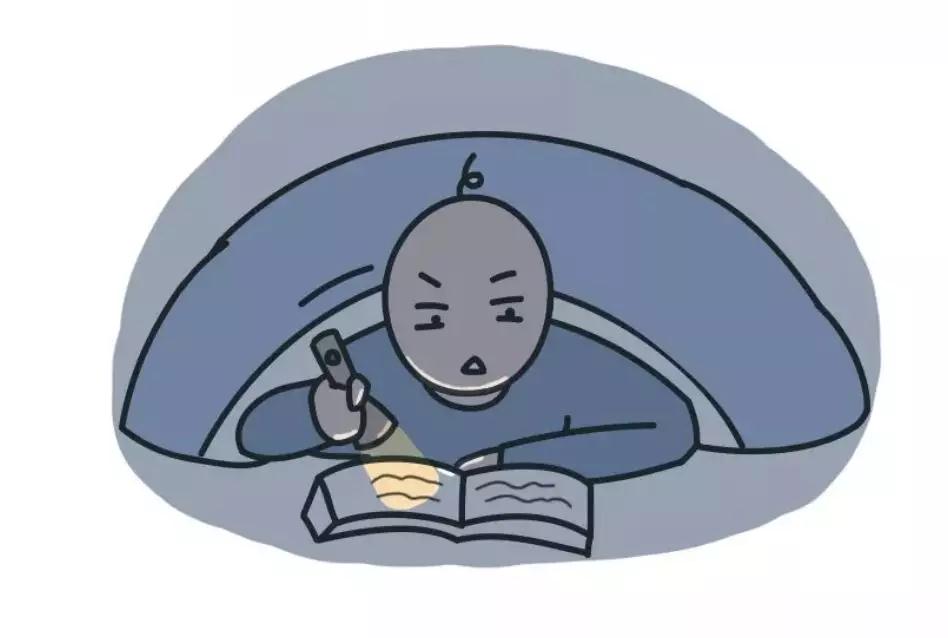
最后来回顾一下与视力相关的单词吧!
近视可以叫nearsightedness,也可以叫shortsightedness,医学上叫做myopia.
同理,远视就是farsightedness,或者longsightedness,前一个偏美式,后一个则偏英式,学术上的远视叫做hyperopia.
Notes
myopia /maɪˈoʊpiə/ n.近视
hyperopia /haɪpəˈoʊpiə/ n.远视
bifocals /baɪˈfoʊklz/ n.双光眼镜(上半片为看远,下半片为看近)
retina /ˈretɪnə/ n.视网膜
lens /lenz/ n.(眼球的)晶状体
prevalence /ˈprevələns/ n.流行;盛行
understatement /ˈʌndəsteɪtmənt/ n.保守说法;低调说法;轻描淡写
编辑:唐晓敏
实习生:崔莺馨
来源:The Lancet《南华早报》ZMEScience Ophthalmology NPR等









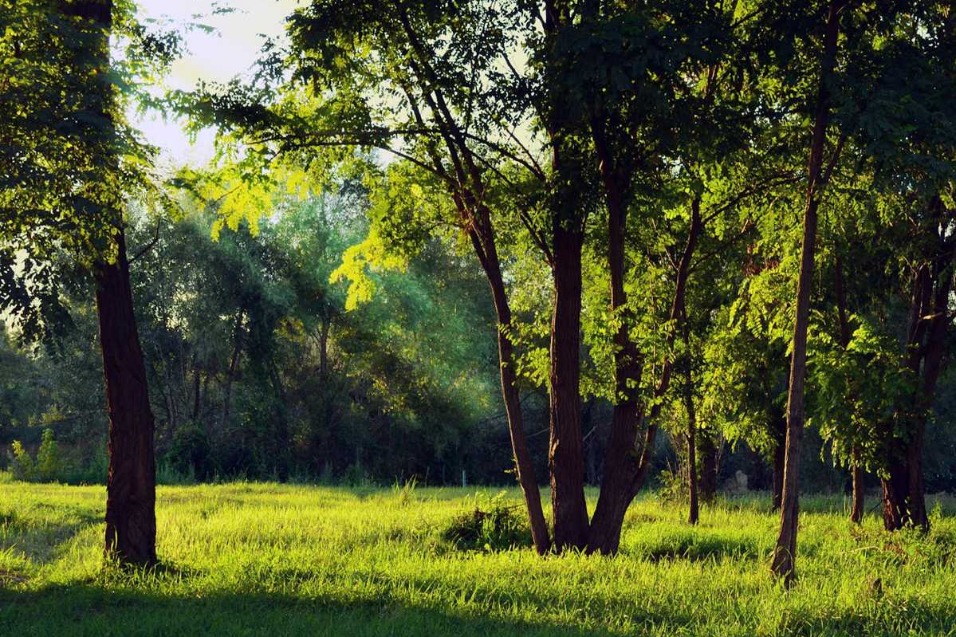







 英语点津微信
英语点津微信 双语小程序
双语小程序